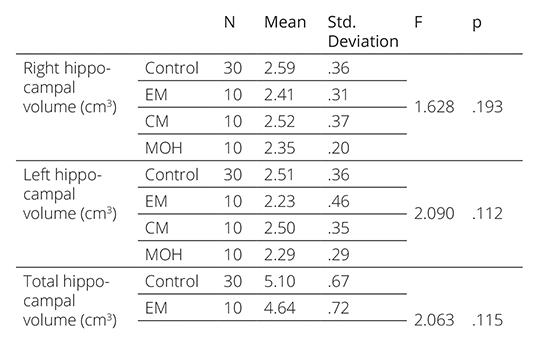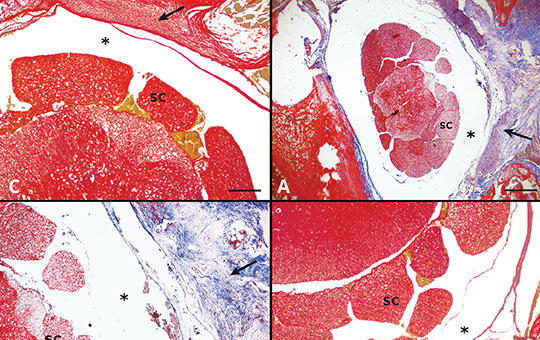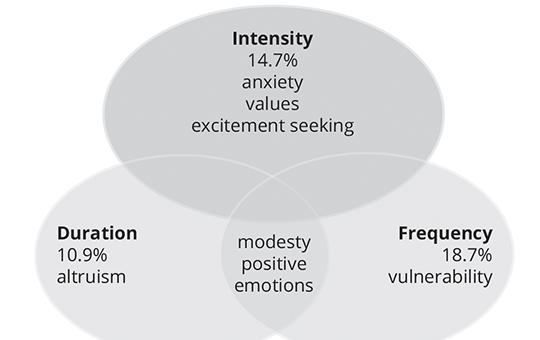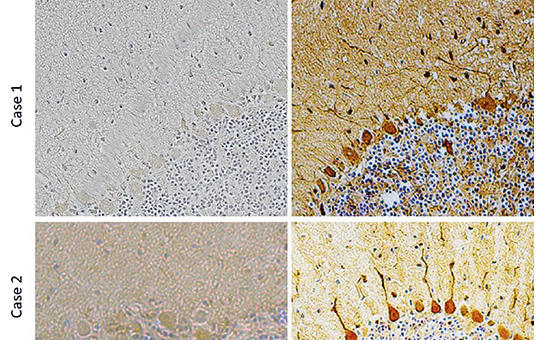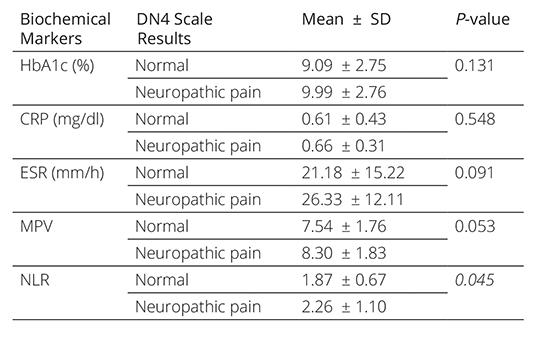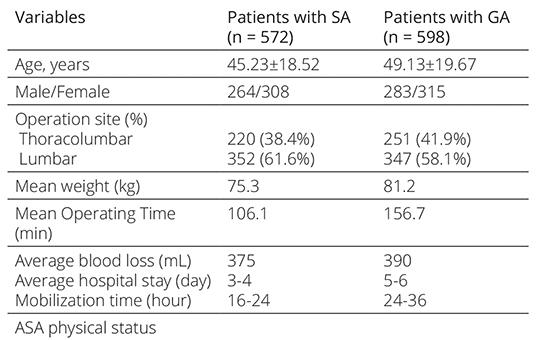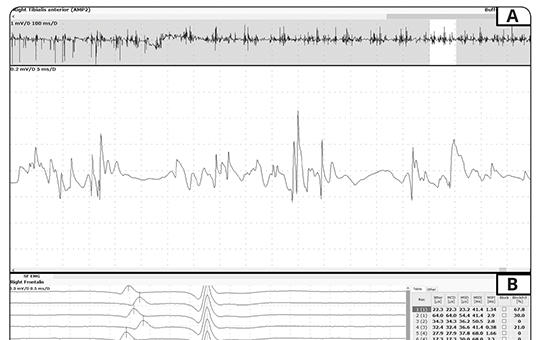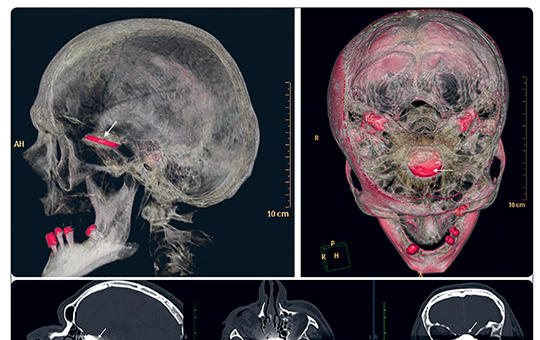The eLitMed.hu medical portal uses computer cookies for convenient operation. Detailed information can be found in the Cookie-policy.
Clinical Neuroscience - 2023;76(11-12)
Content
Is there any difference in mortality rates of atrial fibrillation detected before or after ischemic stroke?
Atrial fibrilla- tion diagnosed after stroke (AFDAS) is a new term used for AF resulting from autonomic dysregulation. It is associated with a lower stroke recurrence compared to patients with known AF before a stroke (KAF). The aim of the study was to explore the characteristics and mortality rates in AFDAS patients. 134 ischemic stroke patients (66.1±14.2 years old, n=73 male) were consecutively included in the study.
Changes in the hippocampal volume in chronic migraine, episodic migraine, and medication overuse headache patients
Hippocampi are the structures located in the medial depths of both temporal lobes, mainly responsible for memory, navigation and regulation of emotions, and activated during the processing of pain and the modification of nociceptive stimuli. Chronic pain is thought to have stress-like detrimental modulatory effects on the hippocampal neurogenesis, and adults with chronic pain have been showed to have lower hippocampal volumes. a
The effectiveness of organic vegetable oils with high biocompatibility in preventing epidural fibrosis: An experimental study
Epidural fibrosis after all spinal surgeries is an important surgical issue. Various biological and non-biological materials have been tried to inhibit epidural fibrosis, which is deemed to be the most important cause of pain after spinal surgery. Olive oil, nigella sativa oil and soybean oil employed in oral nutrition in clinics involving liquid fatty acids, palmatic acid, linoleic acid, stearic acid and palmitoleic acid.
Personality traits and psychological complaints under patients suffering from headaches
Although headaches are often comorbid with psychological symptoms, the underlying psychological processes, e.g. the role of personality dimensions as headache determinants remains unclear. Studies found associations between headaches and various personality traits; according to the Big Five model of personality, persons suffering from headaches exhibit a higher rate in neuroticism, while a lower rate in extraversion, openness to experiences and positive emotions.
[Cerebellar antibodies in post-stroke sera of acute ischemic stroke patients]
[Although serum anti-neuronal antibodies are found in acute ischemic stroke patients, it is not completely clear whether they are already present before the cerebrovascular event or emerge thereafter. Sera of 21 consecutive first-ever AIS patients were collected within the first day of AIS, as well as 1 and 6 months after AIS. Well-characterized and novel anti-neuronal antibodies were investigated by cell-based assays, immunoblotting and indirect immunohistochemistry. ]
Vestibular evoked myogenic and auditory brainstem evoked potentials in a female migraine population
The purpose of the present study was to evaluate ocular vestibular evoked myogenic potential, cervical vestibular evoked myogenic potential, and brainstem auditory evoked potential response characteristics and to understand the pathophysiology of vestibular dysfunction in female migraineurs with vertigo symptoms. We also aimed to assess the electrophysiological diagnostic significance of the VEMP responses in vestibular migraine.
The significance of neutrophil/lympocyte ratio and platelet/lymphocyte ratio in predicting diabetic polyneuropathy and neuropathic pain severity as inflammatory factors
Neuropathic pain may appear as one of the first symptoms that take the patient to the physician in type 2 diabetes, which can be asymptomatic for years. Although it is accepted that diabetes is a trigger for vascular inflammation, it has been suggested that inflammation itself may trigger diabetes. In our study, we aimed to investigate the relationship between diabetic polyneuropathy and neuropathic pain and inflammatory markers.
Spinal anesthesia efficiency in thoracolumbar stabilizations
Spinal surgery has an important place in neurosurgery practice. Surgical procedures on the lumbar spine include stabilization, discectomy, foraminotomy and decompression. Lumbar and lower thoracic spinal surgery can be safely performed under spinal anesthesia (SA). However, there are not many studies on the safety and efficacy of spinal anesthesia in patients who have undergone long segment stabilization surgery.
Pembrolizumab-induced peripheral nervous system damage: A combination of myositis/ myasthenia overlap syndrome and motor axonal polyneuropathy
Immune-checkpoint inhibitors (ICI) are effective drugs in cancer treatment that block immune checkpoints and stimulate an attack on cancer cells. However, various side effects were reported with ICIs. Peripheral nervous system (PNS) side effects are three times more frequent than those in the central nervous system. A 63-year-old male patient was admitted to our department with a 10-day history of dyspnea, diplopia, and generalized weakness.
Minimal invasive transnasal endoscopic removal of intracranial foreign body after airbag deployment
Airbag induced injuries such as skull and cervical spine fractures, epidural and subdural hematomas, atlantooccipital dislocations or brainstem lacerations are already documented in published literature, however, no previous case have been published about a penetrating foreign body of the skull base following airbag deployment. Removal of an intracranial foreign body is very dangerous and difficult.
1.
Clinical Neuroscience
Is there any difference in mortality rates of atrial fibrillation detected before or after ischemic stroke?2.
Clinical Neuroscience
Factors influencing the level of stigma in Parkinson’s disease in western Turkey3.
Clinical Neuroscience
Neuropathic pain and mood disorders in earthquake survivors with peripheral nerve injuries4.
Journal of Nursing Theory and Practice
[Correlations of Sarcopenia, Frailty, Falls and Social Isolation – A Literature Review in the Light of Swedish Statistics]5.
Clinical Neuroscience
[Comparison of pain intensity measurements among patients with low-back pain]1.
2.
Clinical Neuroscience Proceedings
[A Magyar Stroke Társaság XVIII. Kongresszusa és a Magyar Neuroszonológiai Társaság XV. Konferenciája. Absztraktfüzet]3.
4.
Journal of Nursing Theory and Practice
[A selection of the entries submitted to the literary contest "Honorable mission: the joys and challenges of our profession" ]5.
Journal of Nursing Theory and Practice
[End of Life and Palliative Care of Newborns in the Nursing Context]



